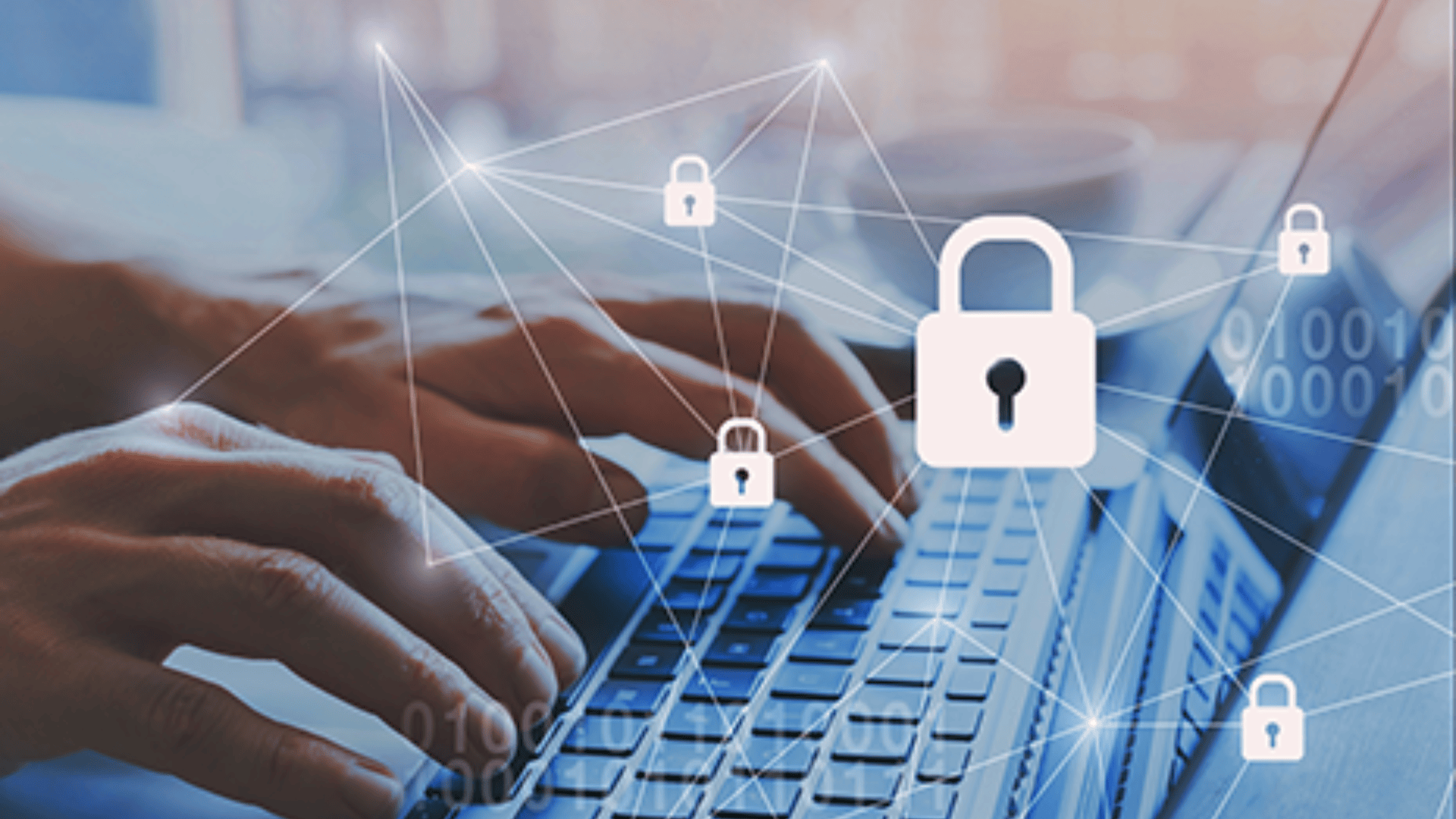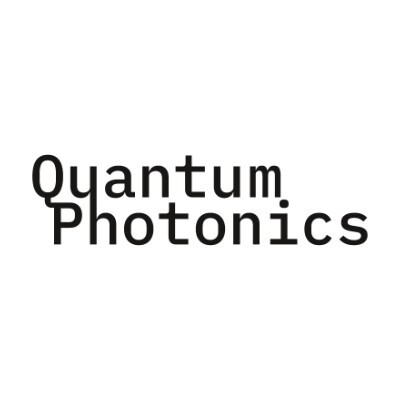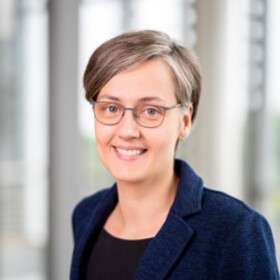Quantum for Cyber Security
After lasers and OLEDs, the second quantum revolution is just around the corner: individual particles of light can be produced, manipulated and measured in a targeted manner. Experts will explain the opportunities this offers for cyber security at the Quantum Photonics 2025.
Traditional cryptography faces major challenges. This is because a certain amount of information needs to be exchanged in order to encrypt data and transmit it securely. However, if this is overheard, the key can be recalculated: The data is readable. Quantum computers and artificial intelligence are making the problem more urgent. However, quantum technologies also offer a solution: quantum cryptography. Instead of being based on maths like conventional cryptography, it is based on physics - with buzzwords such as superposition, entanglement and uncertainty - and therefore enables a new level of security. ‘With quantum cryptography, any eavesdropping would result in the quantum state being destroyed and the key being irretrievably lost,’ says Dr Kevin Füchsel, Managing Director of Quantum Optics Jena GmbH. ‘It therefore offers the possibility of exchanging data almost tap-proof.’
Quantum cryptography experts from research and companies provide insights
What research questions in the field of quantum cryptography are universities and research institutions currently investigating? How are companies already using quantum cryptography and what future opportunities do they see? These and similar questions will be discussed at Quantum Photonics on 13 and 14 May 2025 in Erfurt, where researchers, developers, designers and users will share their expertise. ‘In addition to research institutions, we are deliberately involving companies that use the technology - after all, quantum cryptography has long since moved away from the purely academic field towards everyday applications,’ says Füchsel, who is also the forum organiser of the ‘Quantum for Cyber Security’ area at Quantum Photonics.
At the Bundesdruckerei, for example. As it prints banknotes and creates ID cards, among other things, the protection of identities plays a major role. At the specialist congress, Dr. Oliver Muth, Project Manager and Senior Principal Secure Materials & Quantum Systems at Bundesdruckerei GmbH, will give an insight into how the company is driving cyber security forward with the help of quantum cryptography, quantum computing and quantum sensor technology.
Quantum-safe communication is particularly important for authorities and governments. A transnational quantum communication infrastructure is therefore to be established by 2030 - this is the major and ambitious goal of the European initiative ‘European Quantum Communication Infrastructure’. The Q-net-Q project, led by Dr Thomas Hühn from Nordhausen University of Applied Sciences, is providing the German contribution. He explains how quantum cryptography is to enable cyber security at European level.
One option for implementing quantum cryptography is quantum key distribution, or QKD for short: it requires specialised hardware such as single photon sources or detectors. Post-quantum cryptography, on the other hand, can also be implemented on conventional hardware. These are cryptographic methods that are assumed to be unbreakable even with the help of a quantum computer. Dr. Thomas Lebeth from dacoso GmbH will discuss how quantum key distribution and post-quantum cryptography can be implemented.
Quantum Optics Jena GmbH - a Fraunhofer IOF spin-off - will also be represented at the conference. ‘We are the only QKD manufacturer in the world that can set up scenarios in which several users are simultaneously supplied with key materials from a quantum source,’ says Füchsel, "and one of the few companies that works with entangled photon pairs. The transition from research to implementation is currently taking place."
In addition to company insights, current research into cyber security will also play a major role at Quantum Photonics. For example, the Fraunhofer IOF will be presenting the results of the BMBF project QuNet, in which the Max Planck Institute for the Science of Light, the Friedrich Alexander University Erlangen-Nuremberg, the DLR Institute of Communications and Navigation and the Fraunhofer Heinrich Hertz Institute HHI are also involved. With a key experiment, the researchers have already been able to show how several quantum-secured point-to-point connections can be realised and combined.
Thuringia: Long tradition in the field of photonics
Thuringia offers an ideal location for the new Quantum Photonics trade fair. After all, the state has a long tradition in high technology, particularly in the fields of optics and photonics. ‘The University of Jena and the Fraunhofer IOF have helped to drive the quantum train - the Fraunhofer IOF is also currently taking a leading position as a development driver in numerous larger projects,’ emphasises Füchsel. The vision is to develop a secure quantum communication network for Germany and Europe from Thuringia. A co-operation with Singapore already exists. In short, Thuringia has the right ecosystem to increase its innovative strength and drive forward the second quantum revolution, not least through the Quantum Photonics symposium.
Parallel event rapid.tech 3D
rapid.tech 3D, the leading trade fair for the AM (additive manufacturing) industry, will take place parallel to Quantum Photonics from 13 to 15 May 2025. Since the field of additive manufacturing is used in particular for many optically based quantum technologies, the interlinking of the two congress, forum and networking areas will create synergies for exhibitors and visitors.
An overview of the entire Quantum Photonics congress programme and tickets for the congress and exhibition are available online at www.quantum-photonics.de.


